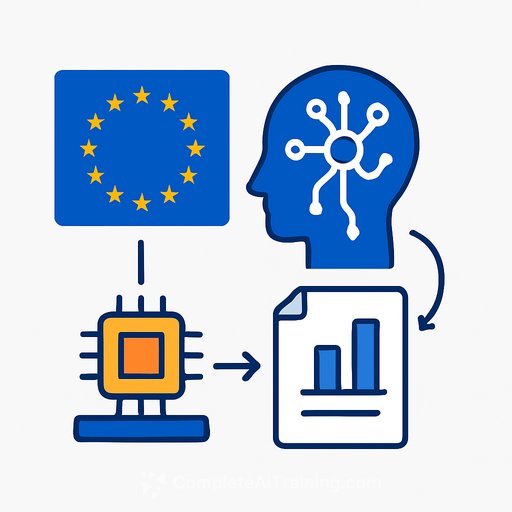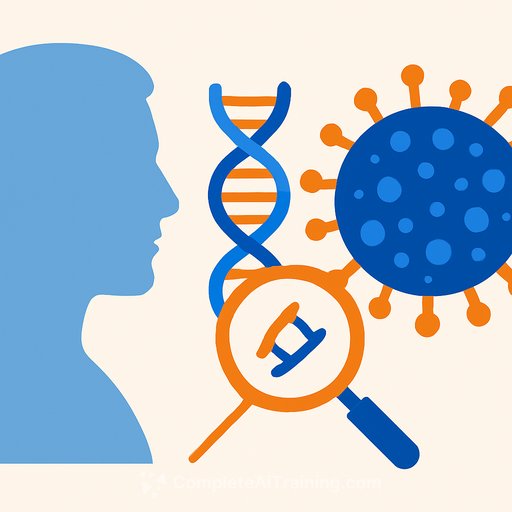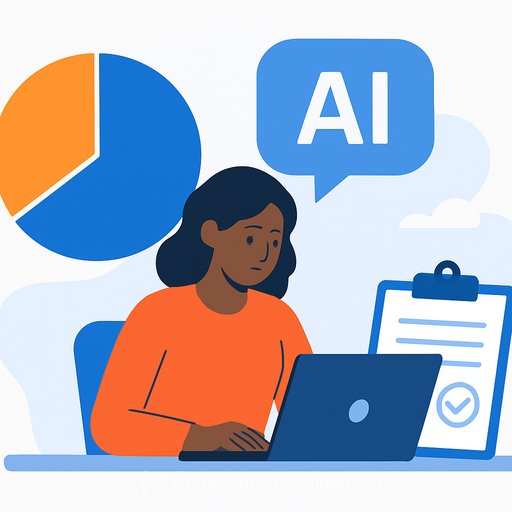A European Strategy for AI in Science: What it means for EU researchers
The Commission released "A European Strategy for Artificial Intelligence in Science - Paving the way for the Resource for AI Science in Europe (RAISE)" to speed up AI adoption across all scientific disciplines. A companion report, "Role of Artificial Intelligence in Scientific Research - A Science for Policy, European Perspective," maps how AI is used across the research process and where it can deliver the most value. Together, they set priorities for investment, skills, and evaluation to help EU science move faster with confidence.
Key moves you should note
- RAISE: a shared resource to make advanced AI tools and infrastructure accessible to EU researchers.
- JRC report: a detailed analysis of AI across the scientific workflow and the current state of AI in research.
- AI Evaluation Hub: led by the JRC to assess models and systems in strategic scientific fields.
EU's position: strong research footprint
By 2024, two in five global AI players had at least one research and innovation activity (AI patents or scientific publications). Within that group, the EU holds the largest share of AI research players at 13%, compared with the US 4% and China 1%. This is a base to build from, not a finish line.
Infrastructure that accelerates results
- High-Performance Computing (HPC): modern AI models demand serious compute for training and evaluation. Plan workloads that can run on EU supercomputing assets like EuroHPC.
- AI Factories: ecosystems where researchers, engineers, and companies co-develop, test, and iterate AI solutions on shared platforms.
- Open scientific data repositories: reproducibility, benchmarking, and trust depend on accessible, well-documented datasets. Use and contribute to initiatives such as the European Open Science Cloud (EOSC).
The Strategy prioritizes these shared assets to keep European research competitive and efficient.
Skills: build "hybrid" teams
AI in science works best when domain expertise and technical depth sit at the same table. The JRC highlights the need for hybrid teams that blend engineering, computer science, and AI with specific domain knowledge.
- Team composition: domain PIs, data engineers, ML researchers, MLOps, and research software engineers.
- Upskilling: train domain experts on AI workflows and prompt practices; train engineers on experimental design and scientific integrity.
- Talent strategy: attract, develop, and retain interdisciplinary profiles so human expertise stays central to the research process.
Where AI is delivering now
- Search and discovery: context-aware and semantic retrieval to generate more accurate, source-grounded answers.
- Life sciences: faster protein analysis and more effective drug discovery, aided by model-driven structure prediction and screening.
- Engineering and humanities: pattern detection, simulation support, and large-scale text analysis that convert complex data into testable insights.
From pilots to policy: how to invest
The JRC's deep dives into protein structure prediction, material discovery, and computational humanities show clear gains across the entire research cycle-from data preparation and analysis to hypothesis generation. These findings point funding toward HPC, AI Factories, and open-science infrastructure that lower the cost of doing serious AI-enabled science at scale.
Related policy signals-the EU Competitiveness Compass (January 2025) and the Clean Industrial Deal (February 2025)-reinforce the role of the circular economy in building a more sustainable, resilient, and competitive industrial base that supports climate goals, technology efficiency, and job creation.
What to do this quarter
- Map workloads to compute: identify models and datasets that require HPC or GPU clusters; plan access through EU or national facilities.
- Set data foundations: publish and consume FAIR datasets; standardize metadata; stage data in EOSC-aligned repositories.
- Stand up evaluation: pilot model cards, dataset cards, and reproducible benchmarks; prepare for the AI Evaluation Hub's protocols.
- Build the team: pair domain leads with ML engineers and MLOps; budget for continuous training and code maintenance.
- Operationalize trust: document provenance, version models and datasets, and adopt human-in-the-loop review for sensitive tasks.
Upskill your research teams
If you are formalizing a training plan for hybrid teams, browse AI courses organized by role and skill to speed up onboarding and reduce rework: Courses by job.
Bottom line: the Strategy sets a clear path-shared compute and data, credible evaluation, and teams that blend domain knowledge with AI fluency. Act on these now to shorten time-to-insight and raise the quality bar of your research outputs.
Your membership also unlocks:






